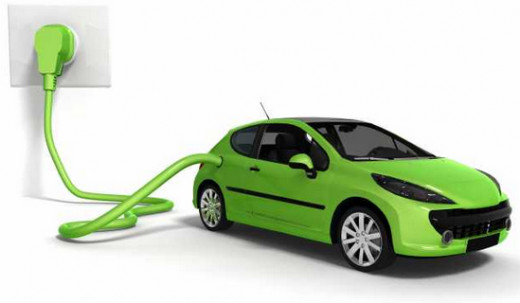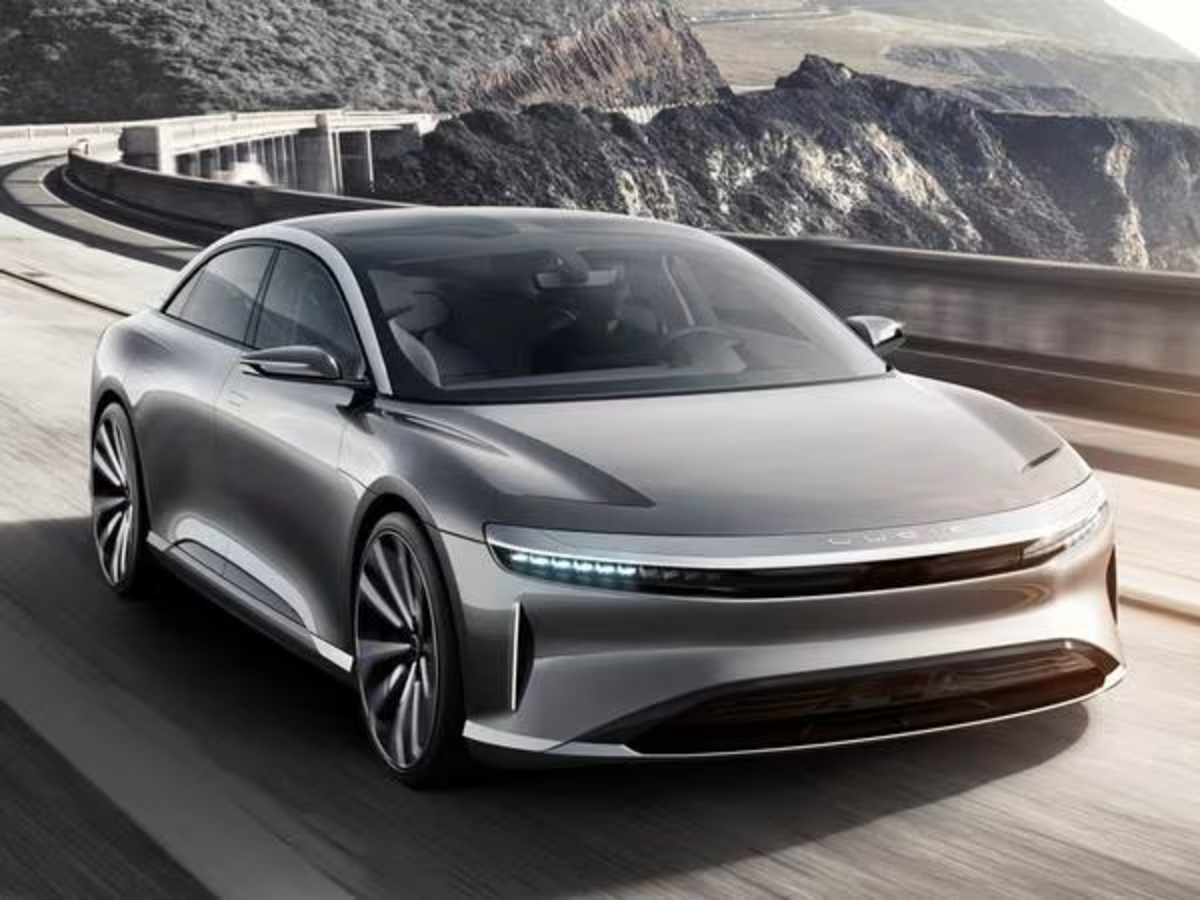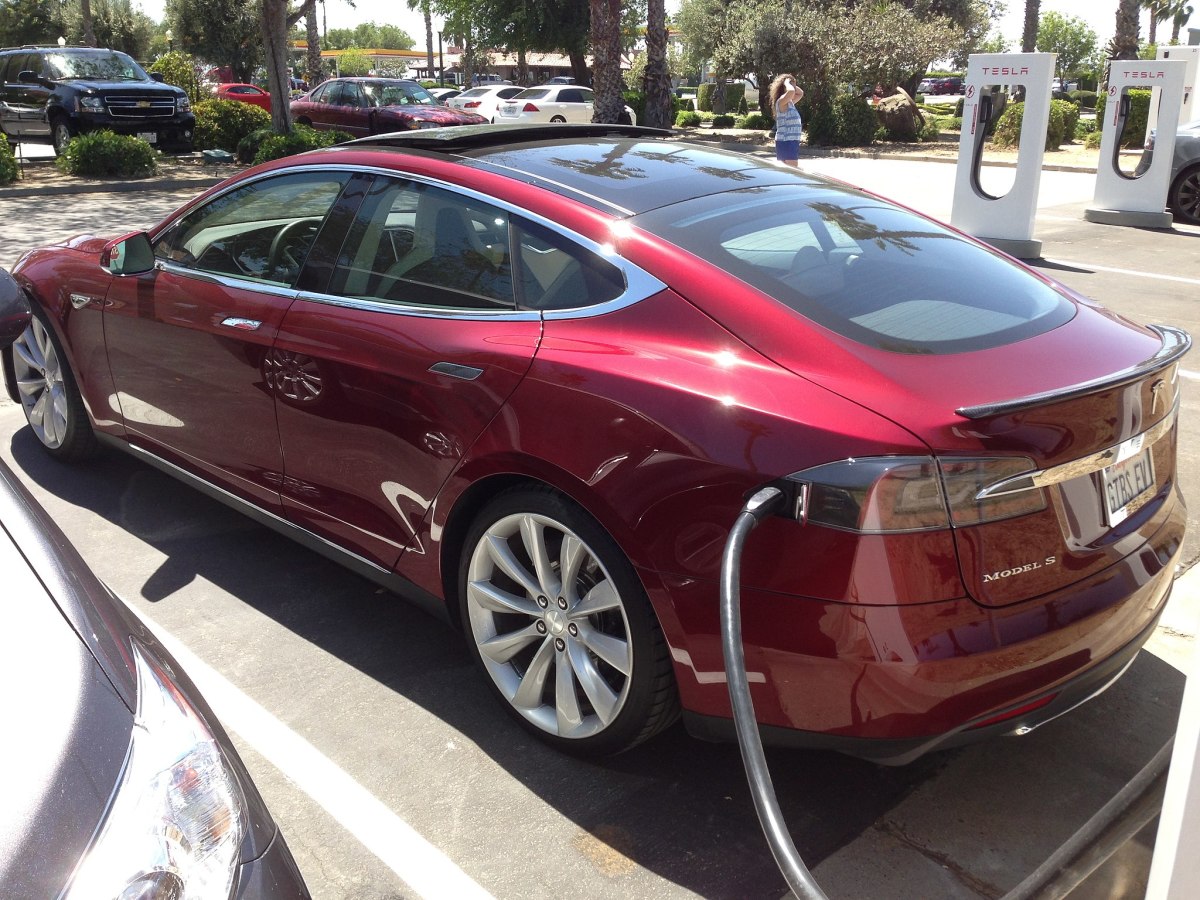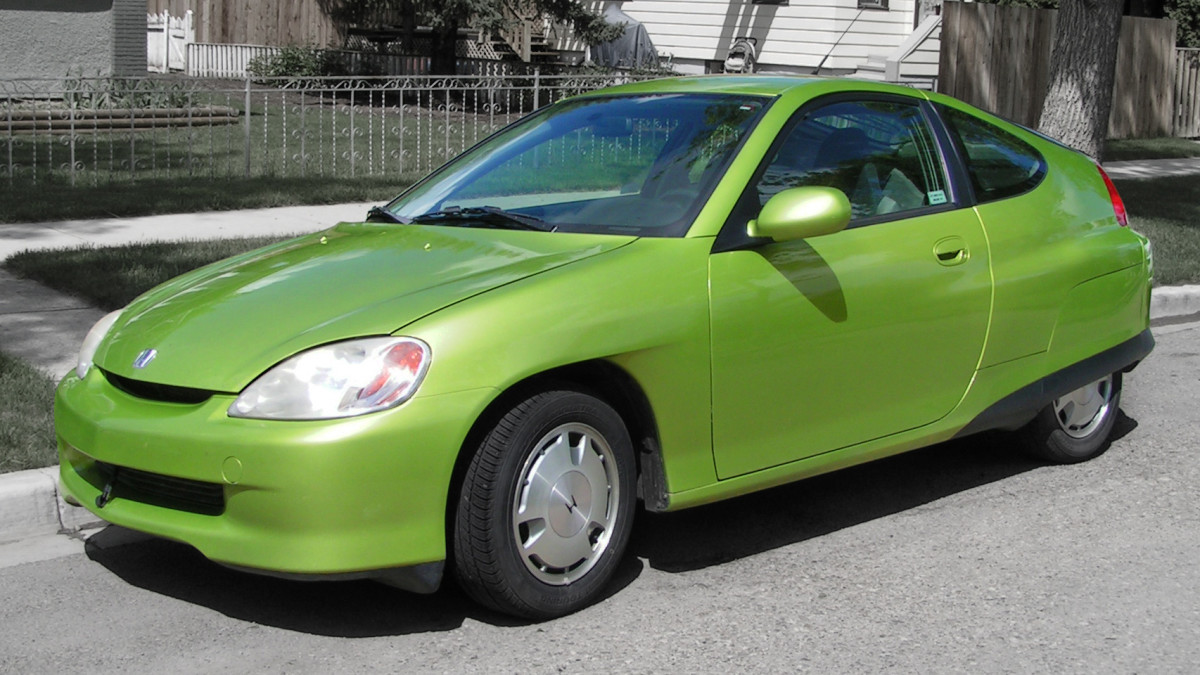Charging An Electric Car Battery:New technology breakthrough.

Design breakthrough for charging a electric car battery
It is well known that the too long time taken for charging a car battery is the main hurdle faced by the electric cars to become commercially viable in the face of challenge from the petroleum driven vehicles. The scientists from Nanyang Technological University (NTU), Singapore, have developed a new battery that could make recharging of battery as quick and easy as pumping gas into a conventional car. While scientists have been trying to improve the charging speed and performance of car batteries for years, the attractiveness of this new design is that it does not require developing something totally new, rather it considerably improves what is already there. In fact, these adaptations can be integrated into existing manufacturing process, making it much easier to bring this technology to the market. This next generation of lithium-ion batteries will facilitate charging a car battery nearly 20 times faster than the current technology batteries. With it, frequent battery replacements for the electric vehicles can also be done away with. Up to about 70 per cent recharging of the battery can be done in only two minutes and the battery is expected to keep going for 10,000 charge cycles over a 20 year lifespan.
Why electric car lags behind petrol driven vehicle?
Charging a car battery takes hours because the electrons and other charged particles inside the batteries move too slowly. It is true that the batteries of your laptop or cell phone can accumulate some amount of electric charge after recharging for a few hours but car battery charging with replacement electrons after it has done a long journey takes hours to complete. It is for this reason the electric cars have failed to excite the market so far while petroleum driven vehicles rules the road. Moreover, we know that not all forms of energies can be stored easily. While petroleum which contains vast amount of chemical energy can be stored in a car tank without difficulty, the electric energy from moving electrons is hard to store in large quantities.
The new car battery charging technology
We know Lithium batteries generate electricity by the flow of lithium-ions between electrodes in a liquid electrolyte solution. Traditionally, the batteries use a graphite anode (negative pole) with a metal oxide cathode (positive pole), along with an additive that facilitates electron exchange. The NTU scientists while researching on the new technology for charging a car battery have formulated a thoroughly new approach to the design of batteries which is likely to bring a fundamental change in the outlook of the future car market.
The new breakthrough relies on an innovative battery design, in which the graphite used traditionally for the anode (negative pole) in lithium-ion batteries has been replaced with a new gel material made from titanium dioxide, a cheap, safe and an abundant material found in soil. Titanium dioxide is spherical when found in nature. The scientists developed a simple method to convert the titanium dioxide particles into minuscule nano-tubes. This tiny nano structure is what helps to speed up the chemical reactions taking place in the new battery, allowing it to charge much faster.
Commercialization of the new technology for charging a car battery
It is claimed by the researchers that this new design battery system can easily be integrated into the current production processes of the manufacturers, making it much easier to bring the technology to the market. Moreover, since the new batteries can last about 20 times longer than the current technology, the owners of the electric vehicles will be able to do away with replacing the batteries frequently which would mean substantial savings on the cost of battery replacement for electric car, making them a more affordable and attractive option. This new battery design has already been patented and many in the electronics industry have already expressed an interest in the patented technology. The scientists are currently in the process of building a large-scale trial battery and it is expected that these newly designed fast-charging batteries will be introduced in the market in next two years’ time.
Conclusion
The NTU scientists believe that their new design of the battery system for fast charging a car battery is expected to be the next big thing in battery technology. This breakthrough has a wide-ranging impact on electric vehicles which are currently inhibited by long recharge times of more than 4 hours and limited lifespan of the batteries. They believe with the current technology recharging a car battery would be as fast and easy as pumping gas into a conventional car. In short, the characteristics of the new design cells could be the key to making electric vehicles more comparable to conventional vehicles, in terms of range and refueling. The scientists also claim that the newly designed batteries, which last ten times longer than the current generation of lithium-ion batteries, can significantly cut down the toxic waste generated by disposed batteries.







